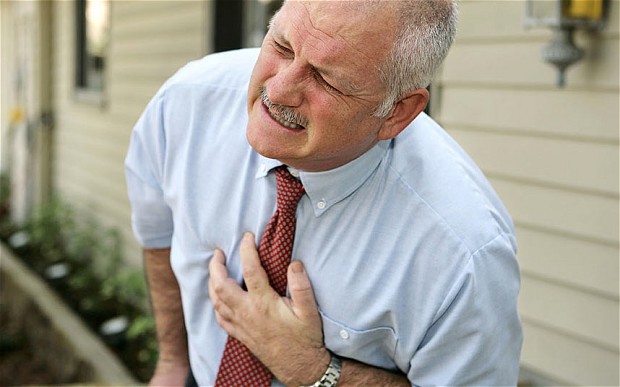The heart requires its own constant supply of oxygen and nutrients, like any muscle in the body. Two large, branching coronary bloodstream provide fresh air rich blood to the center muscular. If one of these bloodstream or divisions becomes obstructed instantly, a part of the center is deprived of fresh air, a condition called “heart ischemia.”
If heart ischemia continues too long, the deprived center tissue passes away. This is heart attack, otherwise known as a myocardial infarction — basically, “death of center muscular.”
Most strokes happen during several hours — so never wait to seek help if you think heart attack is beginning. In some cases there are no signs at all, but most heart attacks produce some discomfort in chest area.
Other signs and signs of heart attack include difficulty breathing, faintness or nausea. The discomfort of a severe heart attack has been similar to a giant fists attaching and squeezing the center. If the strike is mild, it may be mistaken for heartburn. The discomfort may be constant or intermittent. Also, women are less likely to experience the classic signs of discomfort in stomach area as compared to men.
Angina: Early Caution Sign of a Heart Attack
Many heart attack sufferers are cautioned of trouble by episodes of angina, which is discomfort in chest that, like heart attack, is triggered by ischemia. The difference is mainly one of degree: With angina, blood vessels circulation is renewed, discomfort recedes within minutes, and the center is not completely damaged. With heart attack, blood vessels circulation is critically reduced or fully obstructed, discomfort lasts longer, and center muscle passes away without immediate treatment.
About 25% of heart attacks happen without any previous indicators. They are sometimes associated with a trend known as “silent ischemia” — infrequent disruptions of blood vessels circulation to the center that, for unknown reasons, are pain-free, although they may damage the center tissue. The condition can be recognized by ECG (electrocardiogram) testing. People with diabetes often have quiet ischemia.
A quarter of all heart attack sufferers die before reaching a hospital; others suffer life-threatening problems while in the medical center. Serious problems include heart stroke, chronic center arrhythmias (irregular center beats), center failing, development of blood clotting in the legs or center, and aneurysm, or huge, in a broken center stage. But those who endure the initial heart attack and are free from major problems a few hours later stand a better chance of full restoration.
Recovery is always a sensitive process, because any heart attack deteriorates the center to some degree. But generally, a normal lifestyle can be started again. Based on the degree of heart attack, a individual may experience:
Heart failing, where the center doesn’t pump well enough to meet the body’s needs
Arrhythmias or irregular heart rhythms
Heart attack or unexpected heart loss of life, where the center prevents beating
Cardiogenic shock, where the center is so broken from the heart attack that a individual goes into sock, which may result in damage of other vital organs like the renal system or liver.
